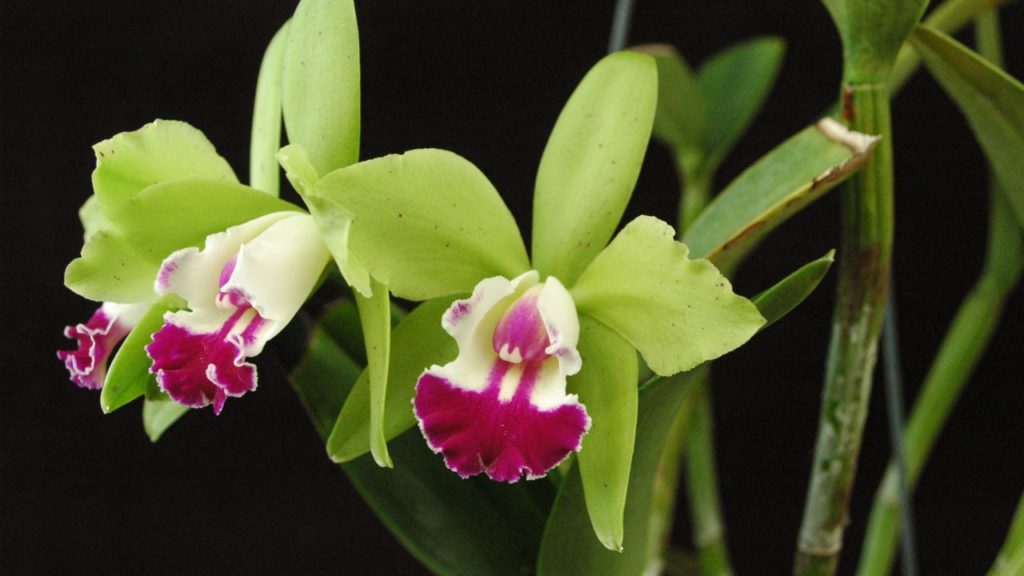
The Year of the Orchid
(Cattleya photo courtesy of Smithsonian Gardens)
Luckily for all of us in the horticulture industry, it does not look like orchids are going out of favor anytime soon. Houseplants have seen a huge surge in recent years, but orchids remain a steady favorite.
Maybe it’s because Orchidaceae, the orchid family, is a diverse group of flowering plants that are found on every continent except Antarctica. Or because orchids are one of the largest families of flowering plants —with more than 28,000 species, there are more orchids on the planet than mammals and birds!
Centuries ago, these blooming beauties were once seen as rare and luxurious items to own. However, today’s advanced growing techniques allow various types of orchids to be more accessible to home gardeners all around the world.
DYK?
We at National Garden Bureau (NGB) have collected some fun “Did You Know” facts on orchids that you can share with your customers to spur their interest:
- Orchid flowers have variable blooming spans. Some last only hours (Sobralia orchids), while others bloom for months at a time (Phalaenopsis orchids).
- There are nearly four times the number of orchid species than there are mammal species on our planet, and more than twice the number of orchid species than bird species.
- The majority of orchids grow anchored to trees in subtropical and tropical climates. They are considered epiphytes, meaning that they do not have to have their roots in soil to grow.
- Orchids are widely spread in many different climates, but they do not live in glacial environments or in the desert.
- Orchids have the tiniest seeds in the world. There can be up to 3 million seeds in a single orchid seed pod.
- The smallest orchids are the size of a dime, while the largest can weigh up to several hundred pounds.
- Some orchids like Phalaenopsis orchids are monopodial, which means they produce a single stem from which leaves and flowers sprout.
- Some orchids are sympodial and have a thick, tuber-like rhizome from which multiple stems may sprout.
- Every petal of every type of orchid can be divided into two equal parts; this is known as being bilateral symmetric.
- Certain species of orchids can live for up to 100 years.
Phalaenopsis. Photo courtesy of Just Add Ice.
An Orchid for Every Customer
With so many types of orchids to choose from, you can cater to every one of your customer’s personality and taste:
- Phalaenopsis, also known as the moth orchid, are popular for their easy care and large, long-lasting blooms, making them a great addition to the beginning houseplant hobbyist’s collection.
- Cattleya are often called the queen of orchids. With proper care, cattleyas can bloom in the home year after year.
- Oncidium are commonly referred to as the “dancing lady” orchid due to their highly modified ruffled blooms.
- Dendrobium is a large group of orchids that boast many pastel-toned blooms.
- Vanda orchids have flat flowers and bloom several times a year under greenhouse-like growing conditions. They’re most well known for their cascading root systems that can be difficult to contain in a pot.
- Cymbidium flower spikes can last from one to three months, with a natural blooming season during the winter. Cymbidium are commonly referred to as “boat orchids” because of the shape of their lip.
- Sobralia are characterized by short-lived colorful flowers and are often found in hobbyist collections.
- Vanilla planifolia is one of the primary sources for vanilla flavoring. Vanilla blooms are small and only appear once per year.
- Paphiopedilums are easily grown as houseplants and more commonly known as the “slipper orchid” due to a slipper shape of its bloom’s lower pouch.
- Brassavola orchids have narrow white petals that release a fragrant perfume in the evenings.
Marketing Orchids
How popular is this program? The “Year of the” pages on the NGB website are consistently in the top 10 visited pages by thousands of site visitors every month.
NGB does extensive work creating marketing content, which helps save you time and money, especially during the busy spring season! NGB members provide numerous photos of varieties that are posted on the NGB website for use by our industry’s retailers. Fact sheets, flyers, handouts, signage, posters, and social media graphics can also be downloaded for use at no charge by retailers after registering on the NGB website at http://eepurl.com/hRKG2D.
Garden retailers can take advantage of the publicity from this program and use the marketing collateral in their 2023 websites, advertisements, social media and in-house seminars. Together, we can inspire even more consumers to try their hand at growing orchids!







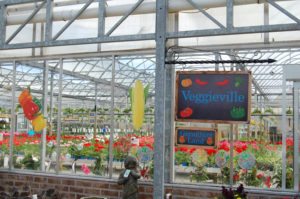

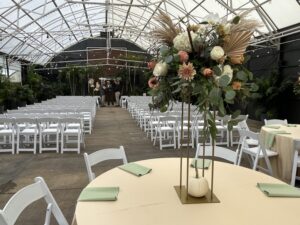


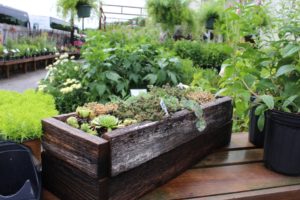
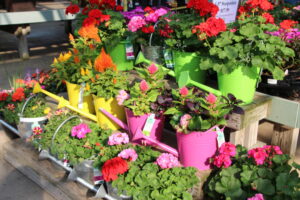
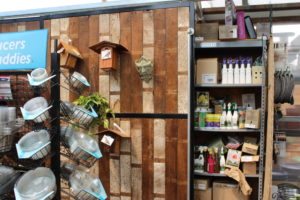
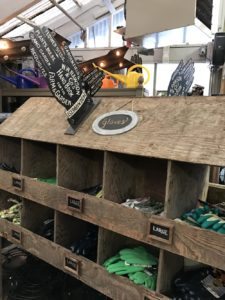

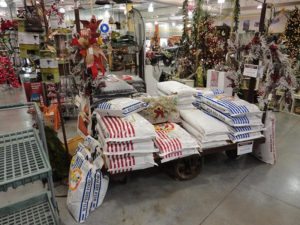
 Videos
Videos





